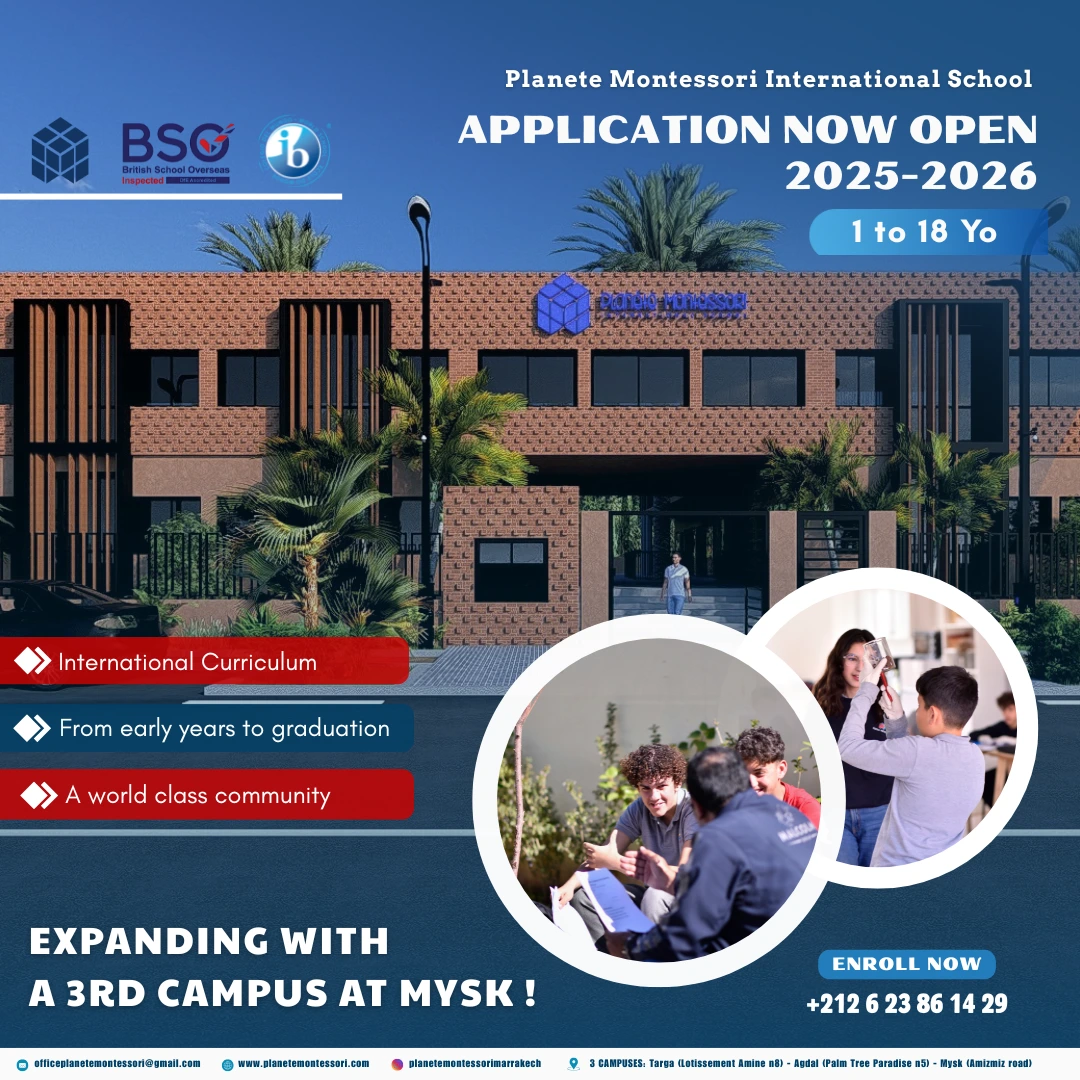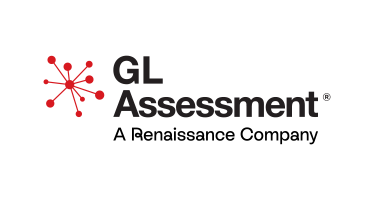Montessori child autonomy: 7 Powerful Examples in Morocco

Montessori method, Montessori schools Marrakech, Montessori Morocco
Montessori child autonomy means the child chooses meaningful work inside a carefully prepared environment that invites action, concentration, and responsibility. The child acts, decides, and evaluates outcomes. The adult functions as a guide, offering precise presentations and then stepping back. Freedom is guided by simple rules: respect people, care for materials, and finish what you start. This balance grows inner discipline and practical independence.
Table of contents
-
What Montessori child autonomy means
-
Scientific foundations
-
Seven concrete classroom examples
-
Autonomy and social development
-
Parent voices in Marrakech
-
Adapting the Montessori method in Morocco
-
Long-term benefits
-
FAQ
1) What Montessori child autonomy means
Autonomy in Montessori is not permissiveness. It is the right level of choice within clear limits. Children practice decision making hundreds of times per week: what to work on, where to sit, how long to persist, and how to correct errors. This repeated practice builds self-regulation and a realistic sense of capability.
2) Scientific foundations
Maria Montessori described sensitive periods for language, order, movement, and social life. When children work independently during these windows, motivation and mastery deepen because the work meets a natural developmental need. Contemporary cognitive science supports self-directed learning and immediate feedback as drivers of attention, memory consolidation, and executive function. Self-correction reduces performance anxiety and allows children to link effort with improvement, a core trait behind Montessori child autonomy.
External resources (dofollow): Association Montessori Internationale (AMI) • UNESCO pages on child-centered learning.
3) Seven concrete classroom examples
3.1. Pouring water
A tray with a small pitcher, glass, and sponge. The child pours slowly, notices a spill, absorbs it, and repeats. Precision, calm focus, and Montessori child autonomy rise together.
3.2. Buttoning and fastening frames
Dress frames isolate a single skill such as buttons or zippers. Repetition builds hand control and personal care. Children later transfer this to getting dressed independently.
3.3. Plant care routine
A small watering can, a cloth, and a simple checklist. Responsibility, planning, and consistency develop as the child notices soil moisture and leaf health.
3.4. Dry and wet transfers
Beans with spoons or water with droppers. Eye–hand coordination and perseverance strengthen, preparing the child for writing and scientific observation.
3.5. Self-correcting language materials
Sandpaper letters, sound games, and the moveable alphabet let the child spot and fix errors without adult dependence. The material itself “tells” the truth, which protects confidence.
3.6. Concrete math to abstraction
Golden beads, number rods, and stamp games scaffold quantity, place value, and operations. Built-in control of error supports independent progress toward abstraction.
3.7. Daily work cycle rituals
Choosing work, unrolling a mat, restoring order, and recording completed tasks. These habits foster time management and inner discipline that generalize beyond school.
🖼️ Suggested image: child pouring water on a tray. Alt: “Montessori child autonomy pouring water Morocco”.
4) Autonomy and social development
Individual choice coexists with small group work. Mixed-age classes (3–6, 6–12) enable natural mentoring. Older children explain and model persistence. Younger children observe, imitate, and then teach others. Initiative, quiet leadership, and cooperation grow without constant adult direction.
5) Parent voices in Marrakech
Parents report practical shifts at home: packing a school bag alone, helping with simple chores, and choosing extracurriculars with confidence. A five-year-old prepares her snack using child-sized tools. A seven-year-old starts a science mini-project without waiting for instructions. These are typical outcomes when Montessori child autonomy is nurtured daily.
Internal links: Montessori schools in Marrakech • Montessori materials for home • How to observe a Montessori class
6) Adapting the Montessori method in Morocco
Languages: Arabic, French, and English appear in the environment according to age and readiness.
Culture: Practical life draws on local references, such as tea service, caring for native plants, or simple market role-play with Moroccan coins.
Concern about “too much freedom”: Freedom lives inside limits. Clear rules and consistent routines build inner discipline, not laxity. Children learn to choose well because they repeatedly experience consequences in a safe framework.
🖼️ Suggested image: mixed-age Montessori class in Marrakech. Alt: “Montessori child autonomy Marrakech mixed-age class”.
7) Long-term benefits
-
Stable self-confidence grounded in real skill
-
Strong decision-making and planning
-
Problem solving without immediate help
-
Workplace-ready initiative and collaboration
-
Responsible, autonomous adults who contribute to community life
8) FAQ
Does Montessori make children too free?
No. Freedom with limits. Children choose within clear boundaries and learn self-control.
When to start?
Age 3 for the Children’s House, with adaptations from birth to 3.
Do families need expensive materials at home?
No. Simple, consistent activities presented clearly are enough.
If you live in Marrakech, observe a class, meet a certified AMI guide, and see Montessori child autonomy in action.
Contact: Book a classroom observation






